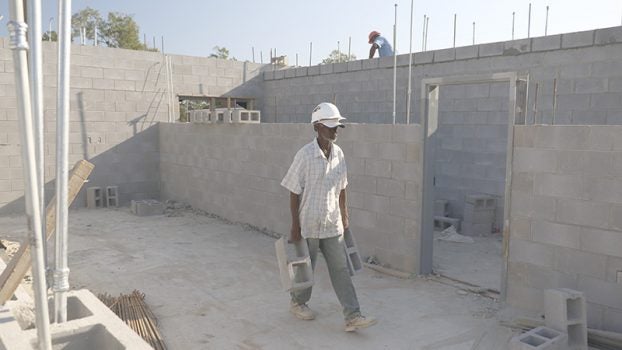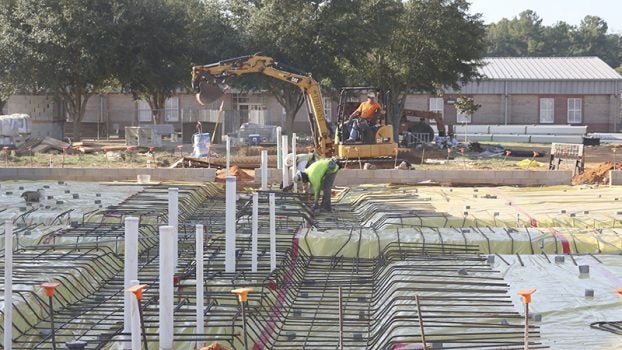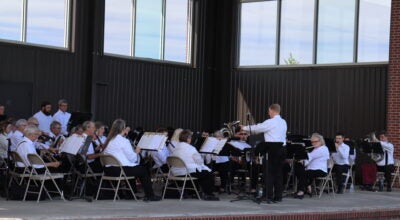Construction at PRC School District campuses ongoing
Published 7:00 am Saturday, September 28, 2019
Of the $18 million bond approved by voters within the Pearl River County School District, about $13 million is currently under construction.
Administrators in the District are dealing with a constant influx of students.
Superintendent Alan Lumpkin said that this year 94 additional students enrolled in the District, up from the annual average of 75 students per year.
The project, which aims to address the population boom and other issues such as drainage, is being constructed in three phases, two of which are currently underway, Lumpkin said.
Phase 1 began in the spring of this year at the elementary campus, with an anticipated completion date of sometime in August of next year. There, a new consolidated administration office is being constructed by adding on to the existing building that housed the Lower Elementary administrative personnel. Recently, the District consolidated the Upper and Lower Elementary, which reduced some personnel. Lumpkin said the old Upper Elementary administrative building was condemned about two years ago, so it’s slated for demolition in the next couple of months.
Other older buildings on the campus that can be repaired will require grant funding. Lumpkin said applications for grant funding will be submitted in the near future to pay for those repairs. One of those buildings, where students support staff have offices, was constructed in 1920, according to a plaque that adorns the front of the building.
Work as part of the bond will add 27 more classrooms to the Elementary campus, in part by connecting four of the existing buildings that house classrooms. Sprinkler systems are also being added to the existing buildings as they are being connected together. The building that currently houses fourth grade classes will be converted into a library and media center. Expansion of the cafeteria will also be included in the work, enlarging the dining and kitchen area by about a third, said Finance Director T.J. Burleson. The expansion will add an additional line for children to acquire food, and more freezer space for kitchen personnel.
While the additions to the cafeteria and other buildings is ongoing, plywood is the only thing keeping the heat of summer out. That means during peak hours in the cafeteria, the air conditioning systems have been having a hard time keeping that area cool.
There are currently more than 1,400 students enrolled at the elementary campus, and the aim of the project is to get all classrooms out of the older buildings, Lumpkin said.
Drainage work is also part of the project at both campuses to address issues with standing water in the courtyard at the Elementary campus, and in various areas of the Carriere campus.
At the Carriere campus, work to build 14 classrooms as part of new construction and drainage improvements began in February, with a completion date of May of next year.
An additional five classrooms will be created as part of anticipated renovation work to existing buildings, Burleson said. Middle school students will get three more classrooms and a library through the construction of a new building at the rear of the campus. Where some existing classes occupy two rooms, such as drama and chorus, walls will be erected to create additional classrooms in existing buildings. Those programs, along with the band, will be moved to the auditorium, planned for phase III. Burleson said that building will be about 35,000 square-feet in size, and provide about 1,000 seats for performances.
“It will be very nice,” Burleson said.
That phase is still in the bidding process, but once a bid is accepted, the project will take about 18 months to complete, Lumpkin said. He hopes to break ground on that phase in January of 2020.
Once those classrooms are moved to the auditorium, the band hall will be converted into a larger library.
The current high school library will be converted into three classrooms, one of which will be for the NJROTC program to provide it with more space.
All classrooms currently occupying portable buildings will be moved to permanent structures.







